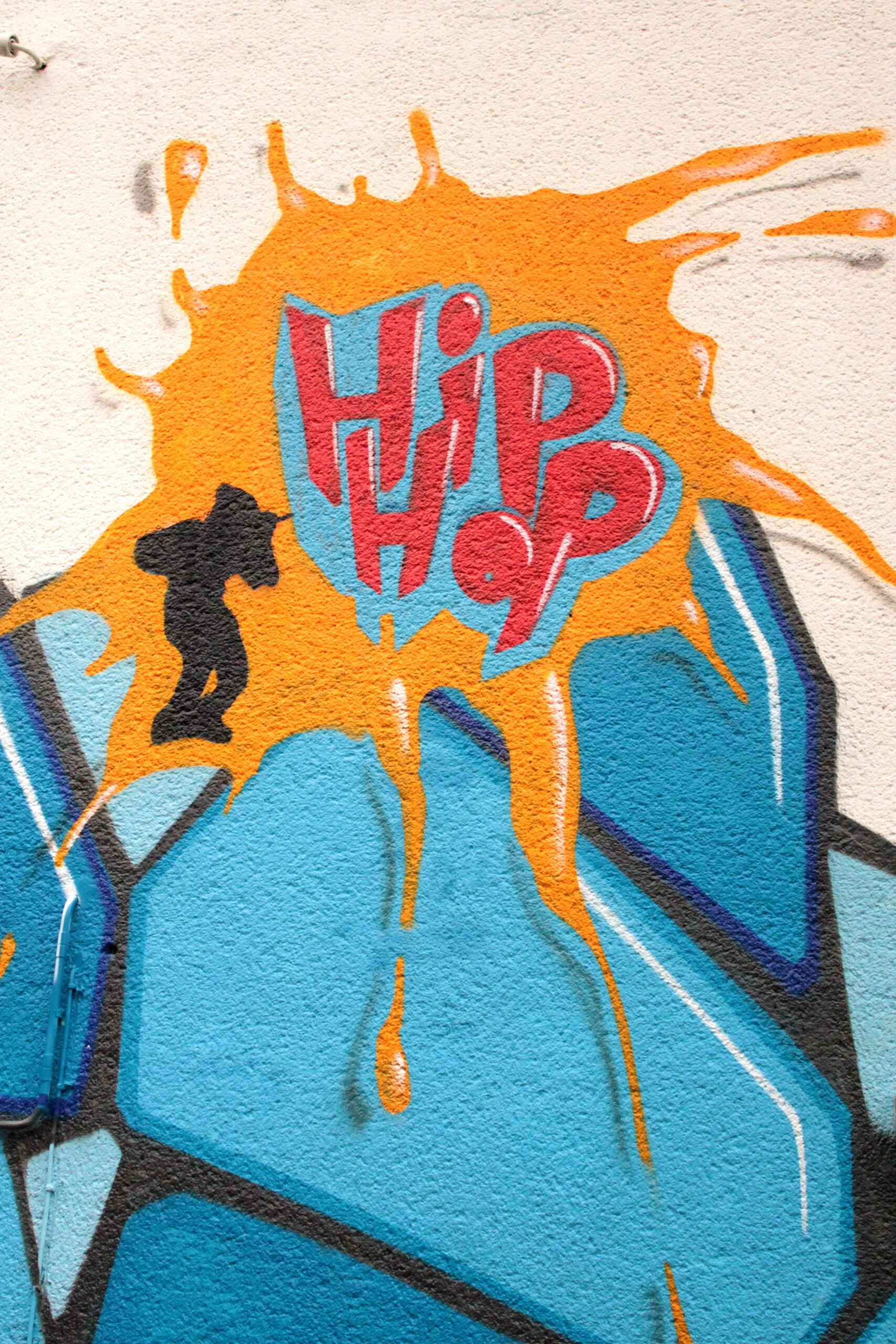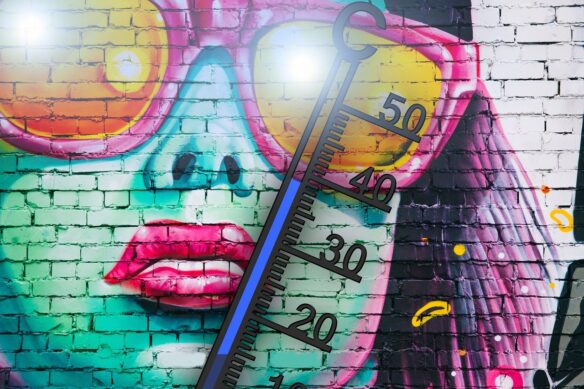Excerpt:
“People have spent time bobbing their heads to our stories of this despair and not seeing it as a call to action.”
Under New York’s Major Deegan Expressway in the Bronx, through a set of doors wedged between a parking garage and a pizza shop, a gray and gold throne emblazoned with the letters “S” and “R” sits behind a pair of velvet ropes. The letters stand for “Slick Rick,” one of hip hop’s pioneering rappers, whose hits have been sampled more than 1,000 times by acts ranging from Snoop Dogg to Miley Cyrus.
Slick Rick himself donated the ornate chair to the Universal Hip Hop Museum, the genre’s long-awaited answer to the Rock & Roll Hall of Fame, set to open in early 2025 as part of a brand-new development on the other side of the Deegan. The museum will be a slightly belated anniversary tribute to hip hop, which turned 50 earlier this month. For now, Rick’s throne resides at the museum’s pop-up location in the Bronx Terminal Market.
“That basically is one of our most important artifacts,” the museum’s president, Rocky Bucano, told me on a recent visit. Bucano, 63, stands six foot eight, with matching stature in the hip hop world: The trailblazing DJ now works to preserve the larger-than-life legacies of artists like Rick. “When he put out his debut album on Def Jam, he took that throne with him on tour every day,” he added.
It’s no secret that hip hop’s most famous artists often glorify conspicuous consumption. Many of the genre’s lyrics and music videos create an aspirational energy around gas-guzzling luxury cars and private jets. Yet hip hop’s roots lie in activism, and it has long served as a voice on everything from systemic police brutality to discriminatory housing policies. The genre has also been sounding the alarm on what we now call environmental justice.
In recent years, many of hip hop’s New York havens have felt the impact of extreme weather events — from the lethal floods in Run D.M.C.’s Queens to the danger of rising waters in Cardi B’s South Bronx. The creative community has rallied in response to these climate-driven disasters, with stars donating their time and money to relief efforts. And it’s been reflected in the music as well — beyond the occasional nod from the likes of Pitbull, whose 2012 dance-oriented album Global Warming had more in common with Nelly’s hit single “Hot in Herre” than with David Wallace-Wells’ The Uninhabitable Earth, and beyond the nom-de-plume of Migos cofounder Offset (a merely coincidental reference to carbon credits).
Hip hop’s relationship to the environment, both in terms of lyrics and political activism, goes back to its very beginning, when smoke from apartment fires blackened the skies of the 1970s South Bronx. And yet its role in advocating for climate solutions has largely gone unnoticed.
“People have spent time bobbing their heads to our stories of this despair and not seeing it as a call to action,” said Michael Ford, the self-proclaimed “Hip Hop Architect” who designed the museum (and who was featured on the 2019 Grist 50 list). “Now, I think, is this generation’s opportunity to go back and look at 50 years of these unsolicited, sometimes unfiltered and raw stories of environmental injustices and climate change…”
Hip Hop Caucus (04–22-1016):
Trouble In The Water – Official Video









